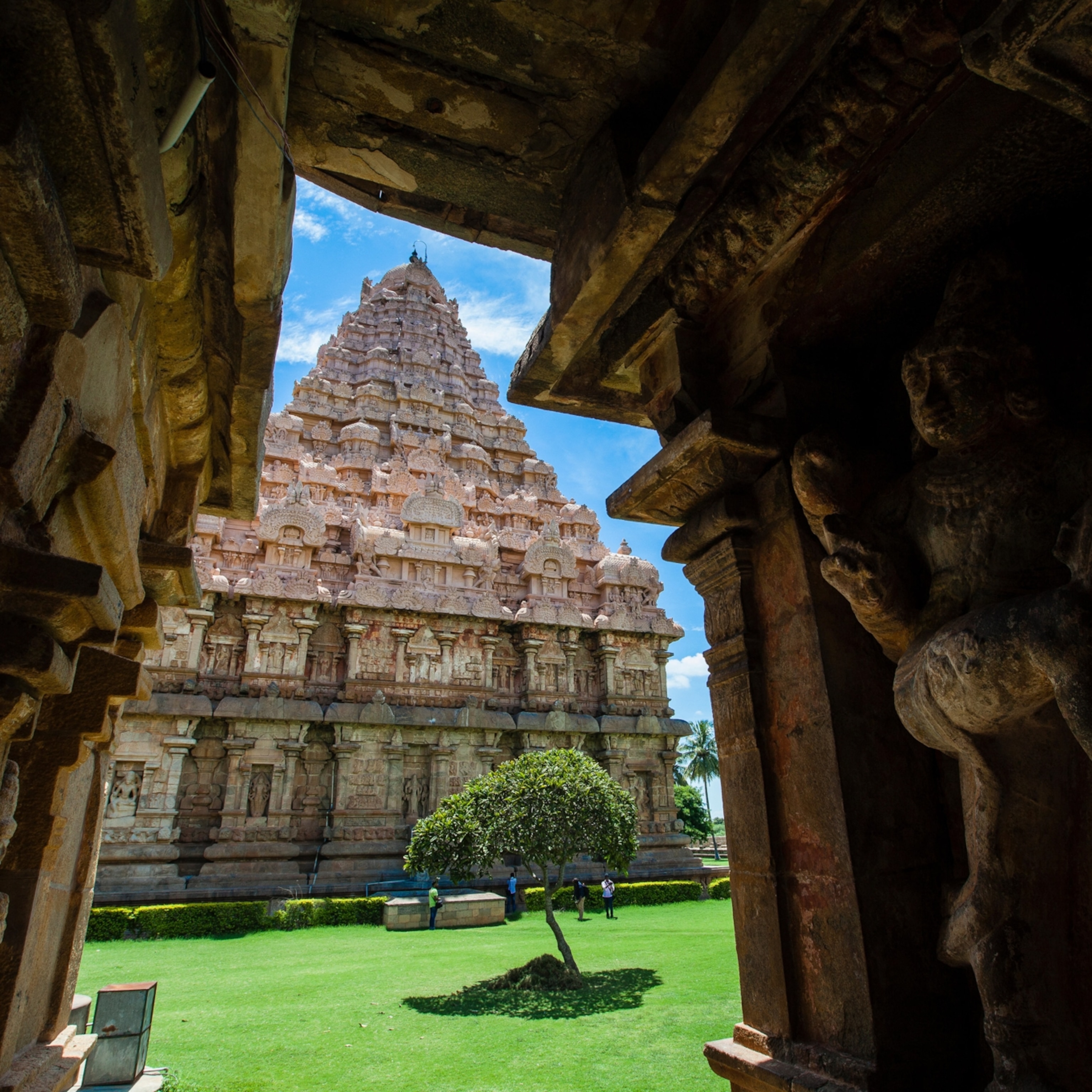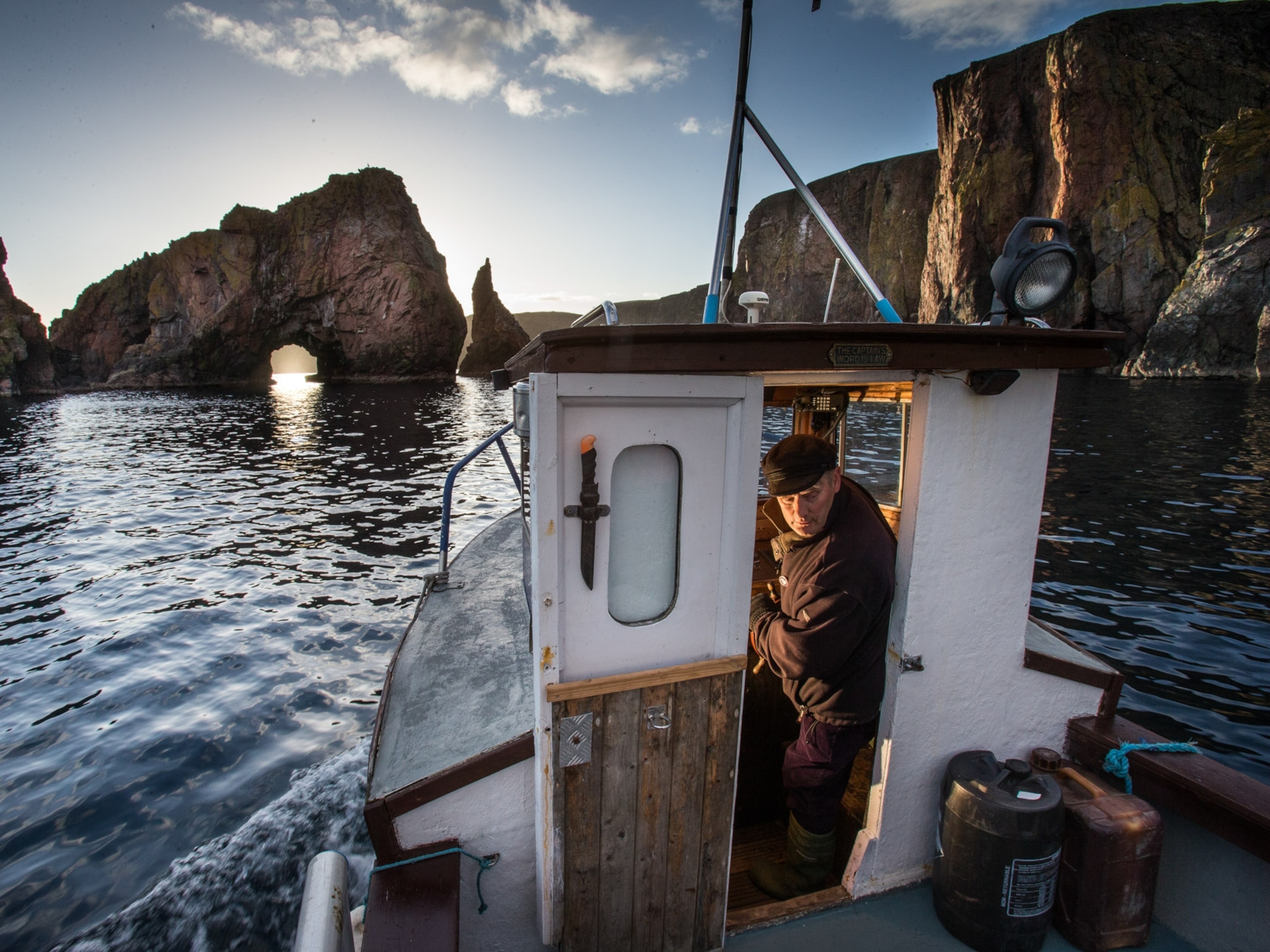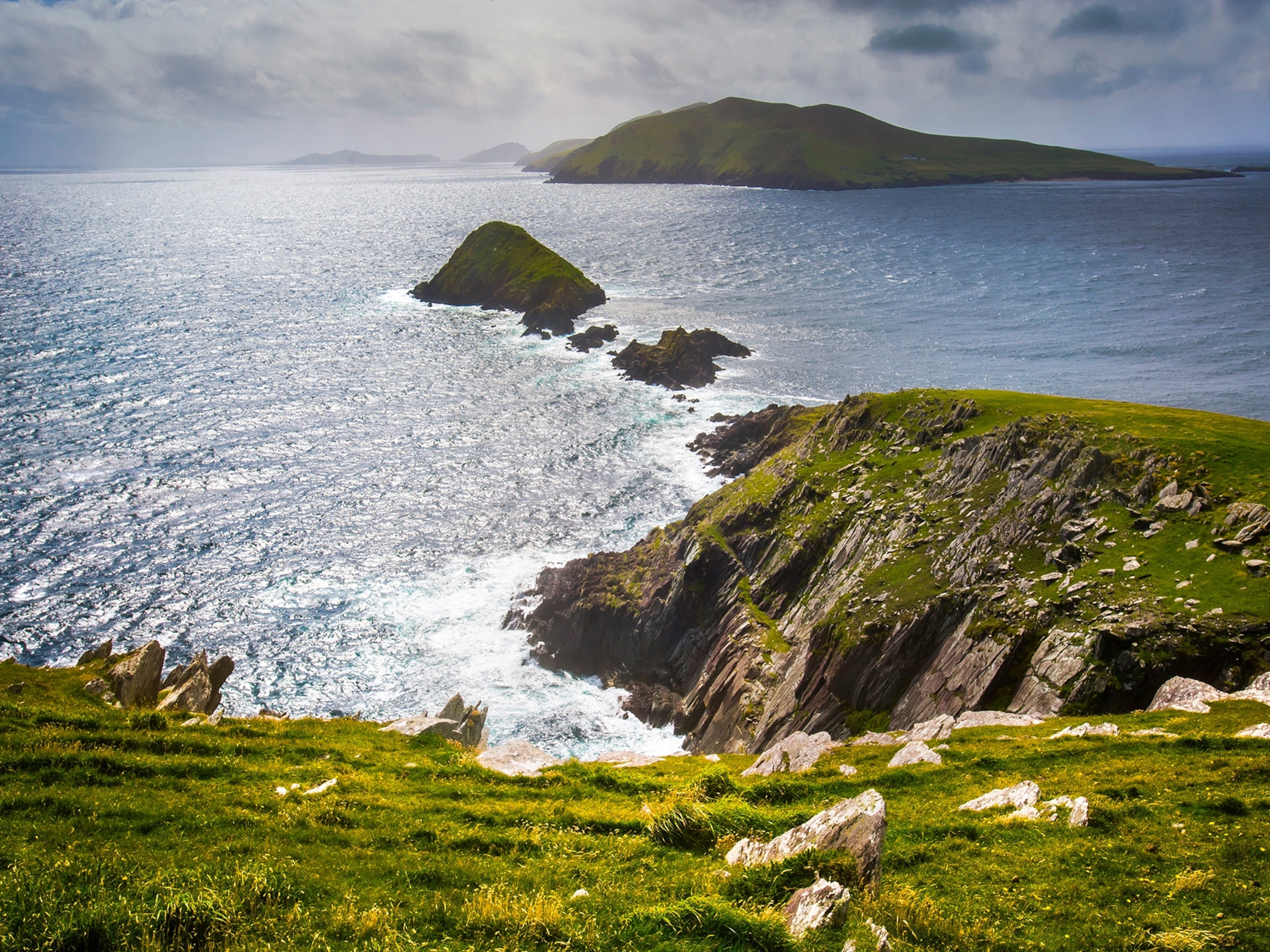
Carthage was Rome’s greatest rival. Go see its side of the story.
Roman conquerors tried to erase the past of this ancient Tunisian port city—but these historic sites shed light on the true glories of Carthage.
From 650 B.C. to 146 B.C., Carthage was the most powerful trading and commercial city in the Mediterranean. Its sophisticated 200-dock harbor and wealthy population supported a sprawling metropolis of temples, markets, and estates outside present day Tunis, a 20-minute drive away. It even loomed large in Greek mythology as the home of the legendary Dido, whose racy story of forced marriage and illicit love inspired poetry, operas, and countless classical oil paintings.
But some 2,000 years ago, Carthage was razed to the ground by its rival, the Roman Republic. Carthaginians were murdered or sold into slavery, and the Romans built a new Carthage on the ruins.
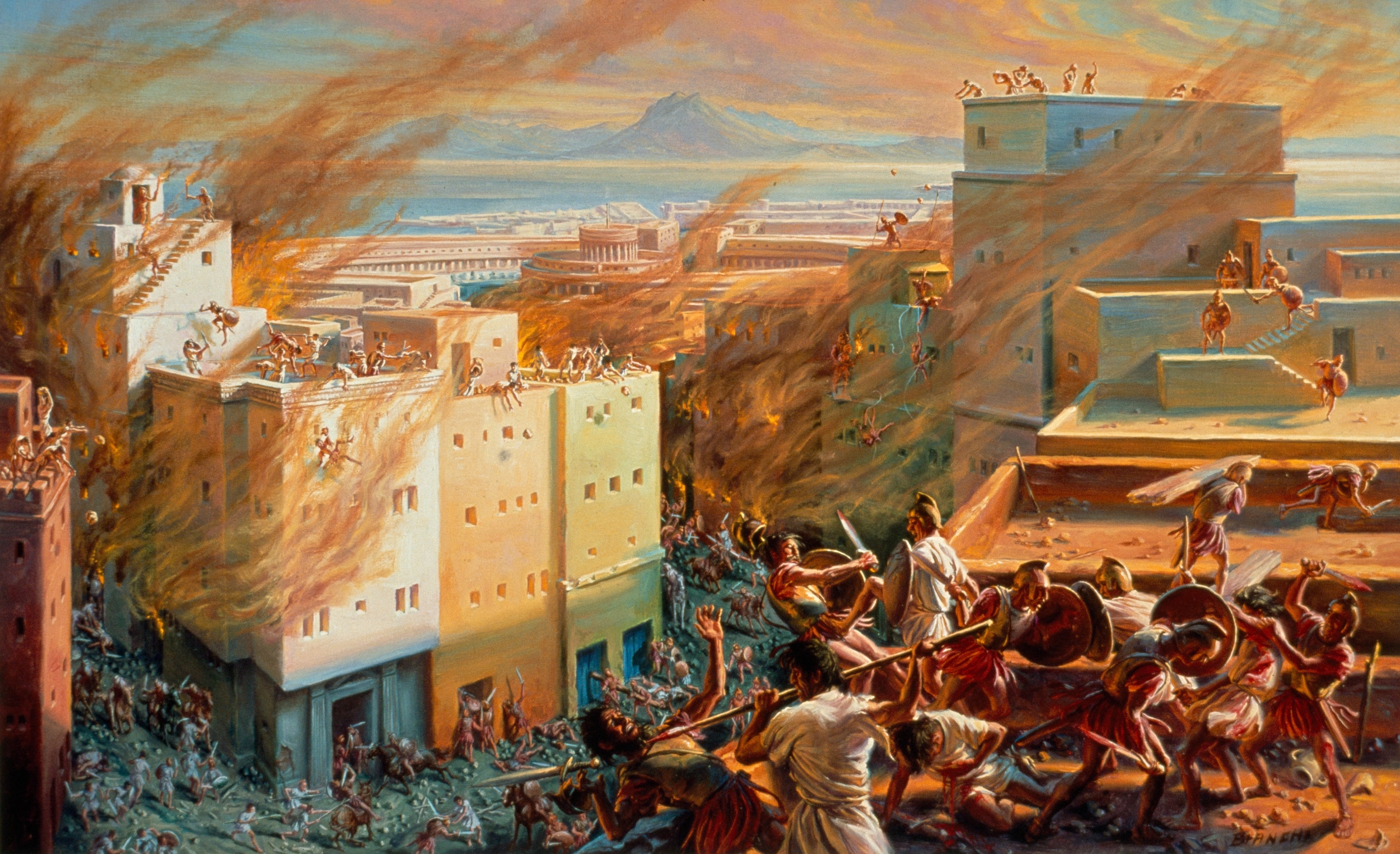
Since the Romans sacked the city and destroyed most of its libraries and archives, “virtually nothing” known of the Carthaginian people has been gleaned from primary sources. “With Carthage, you’re dealing with something where there are huge holes,” says Richard Miles, author of Carthage Must Be Destroyed: The Rise and Fall of an Ancient Civilization.
Now, Carthage is seeing revitalization efforts helmed by the Tunisian Ministry of Culture and the European Union that aim to restore several Carthaginian sites, providing visitors with an improved experience and better protecting what remains of the city’s nearly lost legacy.
‘Carthage must be destroyed’
Around 200 B.C., “Carthage [was] the original Mediterranean superpower,” says Miles. Thanks to its vast control over trading ports and various North African land routes, “Carthage was the great connector. It [took] all sorts of influences—Greek, Phoenician, Italian, [and also from] the Iberian Peninsula, Nubians, and the Libyans in North Africa—and it melded them together into something that is unique.”
(Find mosaics and mystery in an outpost of the Roman Empire.)
As the Roman Republic’s power grew across the sea, however, so did its rivalry with the Carthaginians. Three wars flared between the two empires, spanning nearly a hundred years.

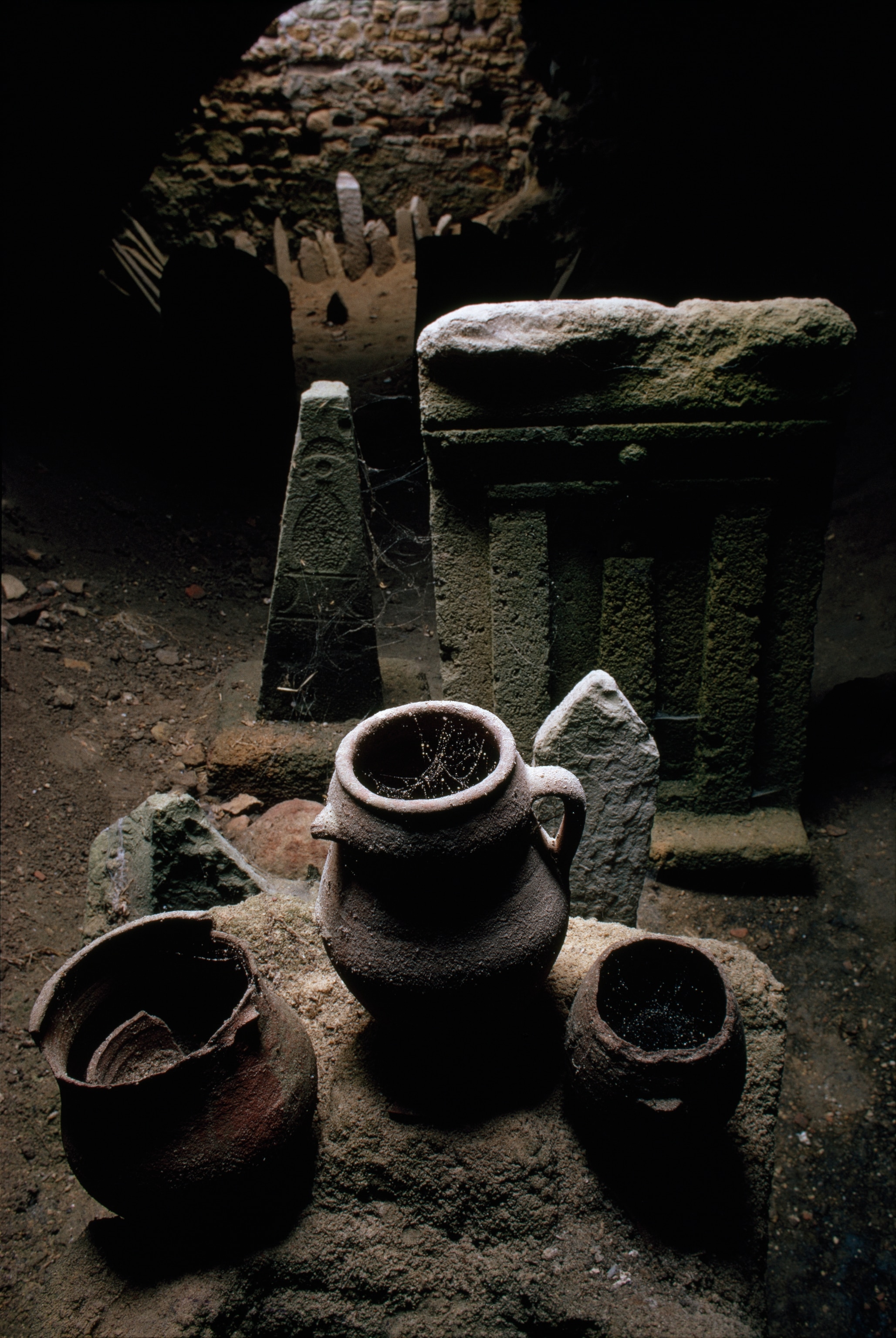
In 149 B.C. Rome laid siege to Carthage, burning its famed fleet before nearly leveling the city. “The destruction of Carthage was an act of vengeance,” Miles says, adding that the Romans wanted to ensure that the Carthaginians never rose again to challenge them. “Delenda est Carthago [Carthage must be destroyed]” were words often repeated by Roman senator Cato.
Exploring ancient Carthage
Yet, Rome was unable to erase Carthage from history in its entirety, says Miles. Declared a UNESCO World Heritage site in 1979, the ancient site of Carthage, at the peak of Byrsa Hill, overlooks the Punic port that grew the city’s power. Here visitors can explore the once thriving Byrsa Acropolis, which holds a museum, a necropolis, and several remarkably maintained Carthaginian houses.
“The houses—just before the destruction [of Carthage]—are perfectly preserved. That part of the Byrsa Hill is something you have to visit for sure,” says archaeologist Stefano Cespa, who, with the German Archaeological Institute of Rome, has spent the past decade excavating Carthaginian sites around the city.
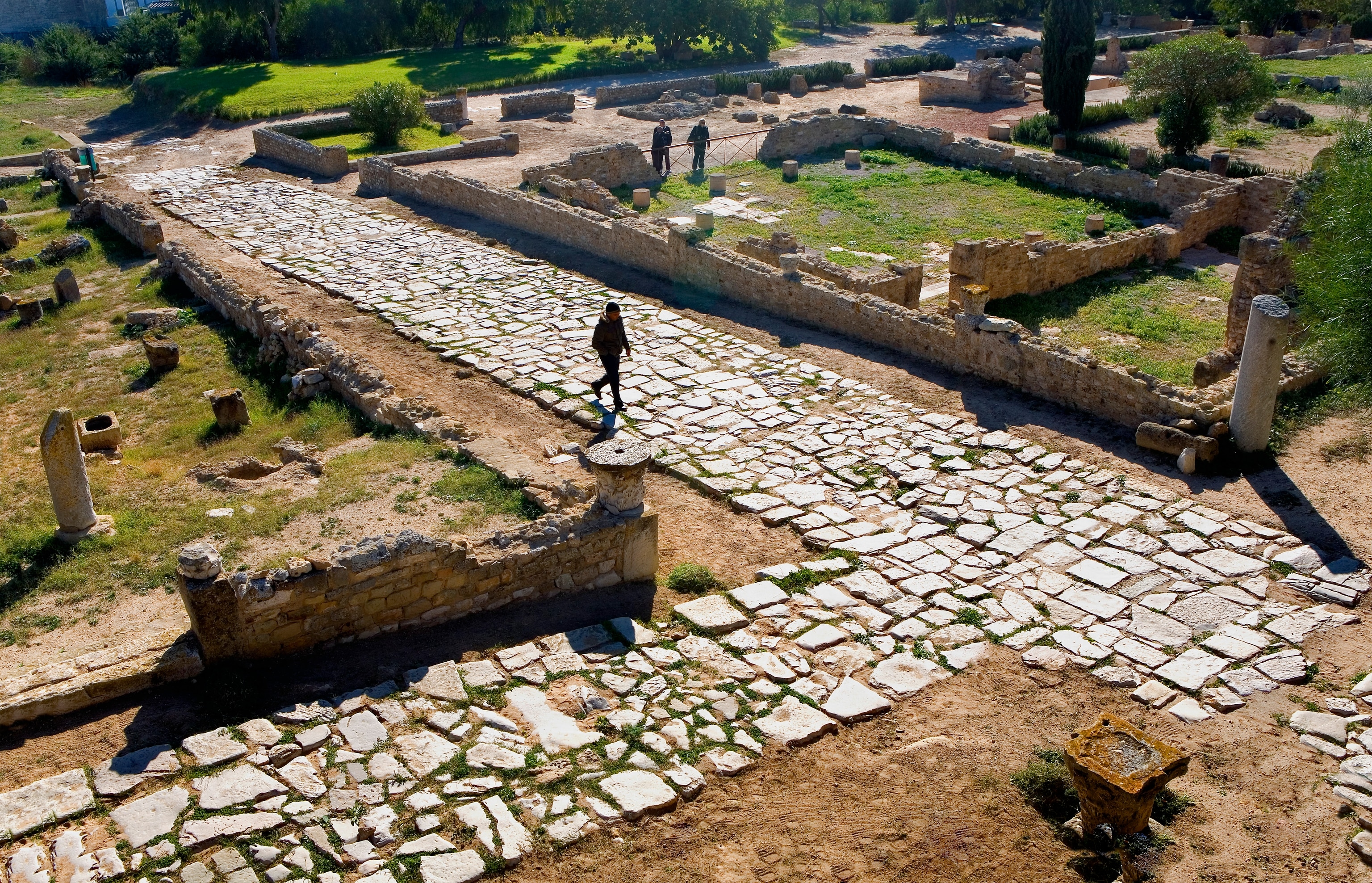
The redevelopment effort will renovate the adjacent Carthage National Museum (expected to reopen in June 2026) that will “connect the museum exhibition halls to the outdoors and the views of Carthage,” says Gabriela Carillo, an architect who is assisting the project. Other aspects of renovation will address the site’s landscape, accessibility, and environmental concerns.
From the complex on Byrsa Hill, visitors can descend to explore the crescent-shaped port that once served the Carthaginians’ impressive naval fleet. Miles adds that the port may have played a direct role in the city’s destruction since the military fleet docked there violated the treaty between the empires of Rome and Carthage. Today, the port is used only by fishing boats, and a small walking path runs around the rim.


Just down the street is the Tophet of Salammbo—a graveyard that, according to Cespa, was the burial ground for animals and children used for ritual sacrifices. However, he adds that may have been a rumor spread by the Romans and Greeks. To date, over 20,000 urns buried under stone slabs have been found here, making it one of the largest cemeteries from the Phoenician period.
(Here’s where to search for traces of the ancient Chola dynasty.)
Relics from the Roman Republic’s rule over Carthage can also be seen on the hill and around the city. The Baths of Antoninus—a sprawling complex of ruins standing beside Tunisia’s presidential palace—is one of the more popular historic sites, replete with remarkably well-preserved walls, tunnels, and porticos. Nearby is an expansive Roman theater, where visitors can observe archaeologists as they restore structures and refurbish intricate mosaics.
A short walk away are the twin sites of the Circus of Carthage, which was modeled after the Circus Maximus in Rome. Cespa and his team have been surveying these sites—called Quartier Magon and Quartier Didion—for several years. “You have almost 2,000 years of stratigraphy in these two sites,” Cespa says. “There you have all the phases of ancient Carthage, from the Phoenician foundation through the Punic age, then the Roman age and medieval, late Byzantine, and Islamic period.”
“It shows that you can’t totally destroy something,” says Miles. “There’s always a little bit of the past that survives.”
What to know
Visit the adjacent hilltop suburb of Sidi Bou Saïd, which is renowned for its charming white and blue-trimmed buildings dating primarily to the early 20th century, handicraft shops, and stunning views of the surrounding coastline.
Experience the historic sites via a self-guided e-bike tour. Le Lemon Tour rents e-bikes and provides a map through key locations.
A single ticket purchased at any of the historic sites will provide access to all of them for one day.
